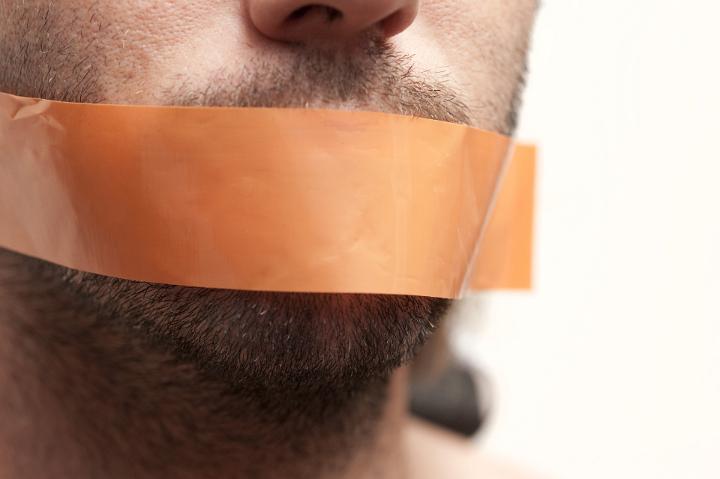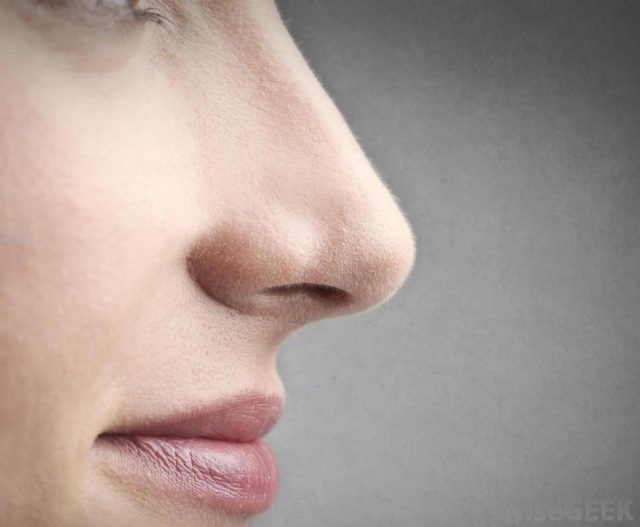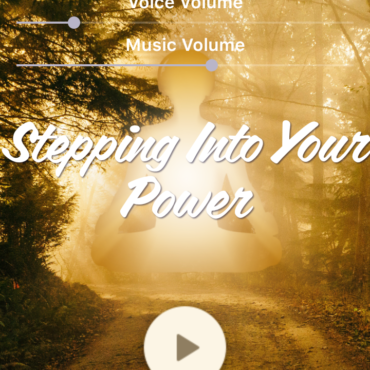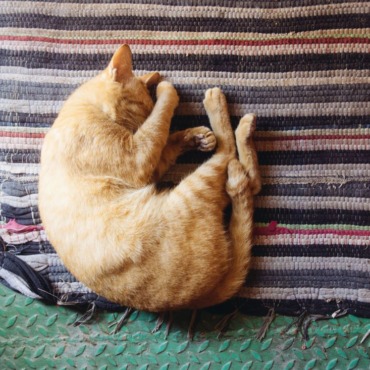There is a time for mouth breathing. Playing saxophone is easier with the faster air flow, not to mention in a heated verbal debate or song singing. Panting seems to be a natural reaction in athletics to increase oxygen. I’ve even dedicated an entire line of study to various forms of breathwork, some of which encourage the use of mouth breathing during the meditation for that very reason.
What if i told you, except for these rare exceptions (which in some cases can be overcome), you should always breathe through your nose?!? After years of research and personal independent study, I am about to make this case for you: Don’t be a mouth-breather.
Mouth Taping: Nasal Breathing at Night
At the advice of my rolfer, about two years ago, I started the practice of taping my mouth shut when I sleep. I didn’t really research it, I just tried it. Immediately, I shaved an hour off of my sleep time each night. It did affect my snoring, which decreased. I went from drinking tons of water at night (a symptom of mouth breathing) to none at all. I’ve gone to bed a couple of times with severely clogged sinuses where I couldn’t easily breathe through my nose. In those cases, I still taped my mouth shut and “breathed through it” and magically, my sinuses opened up and I didn’t have a problem for the rest of the night as the sinuses managed themselves. I’ve used various levels of resistance with the tape, so finding the best mix of “airtight but not dangerous” is key. I haven’t turned back from this evening ritual. I’m currently using 3M “transpore” tape, but any non-toxic tape will do.
The Benefits of Nasal Breathing
Compared to mouth breathing, Nasal breathing has a number of advantages
- Improved oxygenation: Nasal breathing makes it possible for air to be filtered, warmed, and moistened before it enters the lungs, which enhances oxygenation.
- Increased nitric oxide levels: Nasal breathing raises levels of nitric oxide, a chemical that has several health advantages, such as increased blood flow and less inflammation.
- Better regulation of breathing: Nasal breathing, as opposed to mouth breathing, which is frequently linked to shallow and fast breathing, helps regulate breathing and maintain healthy breathing patterns.
- Reduced stress response: Nasal breathing has a relaxing effect on the body that lowers the stress response and encourages relaxation.
- Improved sleep: Nasal breathing has been related to better sleep because it helps control breathing, lessens snoring, and sleep apnea.
- Enhanced athletic performance: Proper nasal breathing can increase oxygenation and improve athletic performance, especially for endurance activities.
Nasal Breathing Meditation
At the very least, my personal journey is moving from a nightly practice to a daily one. That is, staying a nose-breather through my consciousness. In and of itself, it is a great meditation just to notice how I breathe. Often, I notice I am breathing through my mouth. In some cases, very shallowly. Coming to this awareness lets me switch to closing my mouth and breathing through my nose. This practice is ongoing. What if you were to track, across your days and nights, how much you breathe through your nose versus how much you breathe through your mouth? Would you want to change that equation by practicing this meditation?
Other resources
A great resource on this topic is Breath by James Nestor. I really enjoyed this book as he covered a lot of ancient wisdom on the topic as well as his own experiments. You can read my review to get a synopsis. Like any practice that doesn’t yield a lot of profitability, there are naysayers on this topic because the number of controlled scientific studies are somewhat limited at this time. However, you can find a ton of resources just by searching “nasal breathing” on youtube or your favorite search engine. Most of all, the best resource is your own body. Just try it! I’ve even done it while exercising and the effects are quite interesting. At first it can feel like you are suffocating, but in time your body adjusts. I’ve been a scuba diver for a few years (which requires mouth breathing), and when I first started, I was always among the first people to use up my tank. But after over a year of nasal breathing, last month, when I was forced to mouth-breathe during a dive in Costa Rica, it was quite awkward to switch back! But, on my second dive when i was able to adjust and relax, I found that my oxygen consumption went way down and my tank lasted a lot longer. Was it because my body had become better at processing air? I don’t know, but it could be!
Bonus Meditation: Halfsies
100% nasal breathing is a great place to be when relaxed, and it has been recommended to try for exercise. However, if you are just getting into it for your exercise regimen, I’d recommend going halfway: Breathe in through the nose and breathe out through the mouth. Make this your meditation – be 100% aware that every breath you take is through the nose, and allow yourself to exhale through the mouth (but occasionally use the nose if you can). It’s easy to “start off this way” and then fall into mouth breathing again, so pay close attention and try this exercise for a full session – whether it be your entire jog or your entire workout. This will also help you keep your mind from wandering elsewhere. And if you notice yourself mouth breathing, just bring your attention back to your breath and stay focused! This is especially noticeable if you live in a cold climate. Doing this technique will let you go running outdoors even when it’s very cold.









